Robert Segovia-Welsh and me are very different guys. He lives in the ancient woods of North Carolina. I live in an ancient apartment building in central Queens. He plays the banjo. I play poker. He’s a dad with kids. Me and my wife, we have cats. He runs his own family bakery. I run a kitchen of guys who secretly think they’re pirates (or act like it) But we do share a passion for baking. And Robert Segovia-Welsh makes some seriously gorgeous bread. We met online. This weekend we had a chance to do an email interview. Read on for a transcript of our conversation.
How did you become a baker?
I got my first baking job at a small bakery in northern Wisconsin. I was just out of college with a degree in Religion and Philosophy and was trying to pay back my school loans by working at a group home for youth at risk boys. It was low pay and long hours so us workers got together to unionize the place. Midway through the campaign my wife, Monica, and I went on our honeymoon (driving and camping around Lake Superior.) When I got back I found that I had been fired for my union efforts. Monica was the pastry chef at the local bakery in town and knew that they were hiring a delivery driver, so that’s where I started. Before the year was out I was mixing, shaping and baking bread. We worked together for a year before leaving Wisconsin for Central America for a bit of traveling and then ended up in Chapel Hill, NC. When we arrived we desperately needed money and stability, as Monica was pregnant. We both ended up in bakeries again and for years worked away at bread and pastries. In 2007 we were renting an old farmhouse in rural Pittsboro when the landlady gave us permission to build a wood-fired oven. We built an earthen oven and immediately started a twelve member CSB (Community Supported Bread) program. Over the next two years, it grew to thirty members and we needed a new place. In 2009 we bought a little house with a basement, pretty rare down here in the south, that we converted into a bakery. We built a bigger earthen oven (4’ diameter)just outside, got certified and started selling at the Carrboro Farmers’ Market. Ever since then we’ve been growing steadily.
What’s your favorite grain?
Right now my favorite grain is the Turkey Red Wheat that some farmer friends are growing for us. It has an amazing flavor and using it fresh from their stone mill it has an alluring texture.
Your favorite bread to eat?
I like different breads for different uses. But right now I’ve been very excited about our 100% Rye Sourdough. This is a dark, malty rye that I bake off in coffee cans. The result is perfect little circles of sliced bread ready to be toasted up and slathered with butter or a fried egg or mustard, pickled veggies and cheese.
How does bread revolve around you and your family?
We often remark that the bakery isn’t an occupation, it’s our lifestyle. Like farmers, there is always something to do in relation to the bakery. Baking, at its heart, is the management of living processes—-from the starters to the active doughs to the living fire in the oven itself. It all needs to be tended to and it just takes a lot of time. Almost five years ago our second son was born and after giving birth Monica never went back to her pastry job. Now we work together, full time, in the bakery and the kids are a part of the daily tasks as well. From hauling and stacking firewood to dividing dough to delivering bread, we all do our part.
Your stenciling is renowned for craftsmanship, but is it also a message you leave, like scarification, is it a signature?
Before starting our own bakery I worked at two other-bakeries where we would stencil one type of bread once a week. In both bakeries, this practice was discontinued as it “took up too much time.” I remember thinking, “If I ever had my own bakery I’d stencil all my breads, I’d stencil whatever I’d want!”
Sometimes the stencils reflect something about the bread that I want to get across to the customer, like our sprouted wheat stencil. Sometimes it’s a feeling, like the sun is shining and it’s a beautiful spring day so these loaves are going to get birds and bees stencils!
A small bakery can be a touch isolating though. The crazy hours, the feeding of starters and lighting of fires, it’s all stuff that happens in the darkness of night or early morning. Much of the work is done alone or with just one other person, so there’s lots of time to think and reflect on what’s going on in the world. Some of my stencils come from that place, of thinking of the ridiculousness of separating family and friends with a border, an imaginary line, the politics of food, who creates it and who consume. All of that can be distilled into a stencil and tha can become a point of dialogue with my customers or folks on social media even.
You started a small home bakery, how much has changed in your bakery since you had the campaign to rebuild? Three ears ago we were able to get a new masonry oven (built by William Davenport) and it was just the thing we needed to kick the bakery into a much-needed revamping. After the new oven we got a great fork mixer handed down to us from the great bakers at Boulted in Raleigh, NC. That same year we took the time to build a walk-in cooler so that our doughs could get a nice, long, cold ferment. These three tools together really took our breads to the next level and helped us manage the workload!
Are you just baking with sourdough?
Most of our breads are naturally leavened but we do use commercial yeast in some of our breads. I think of yeast as another tool in the baker’s toolbox. Baking in a wood-fired oven is somewhat tricky because there’s always the slowly declining oven temperature to contend with. Having a range of breads and formulas to choose from is helpful to me as I can estimate the temperature of the oven at a given point in the bake-off and use certain doughs that will work best in the schedule.
Do you bake alone?
There are parts of baking that I do alone, like cutting firewood, weighing out formulas but most of the production and baking work is done together with Monica. The boys, Simon (13) and Milo (4), are in and out of the bakery all the time as well.
Do you want your sons to become bakers?
I used to fantasize that they would become bakers and we’d be a big baking family! But the older they get the more I realize that what I really want for them is to be able to see the benefit of laboring at something that has meaning, something that requires a balance of physical and mental work. I think it’s rare that kids really understand what their parents do to make money, so it feels right to know that they see us working every day. I think they get to see how we are a part of our community, feeding our friends and neighbors, working with farmers, connecting with millers.
What defines you as a baker?
Dang, that is a big question that I don’t quite feel capable of answering. I think I’ve developed parameters for myself or elements that are important for me to include in my baking. Those would be wood fired baking with as much local grain as possible. I guess I really don’t like definitions.
What is good bread for you?
I want to know that a baker put their heart and passion into the bread. I don’t care about an open crumb or a crispy crust. I want to see a loaf that is not quite symmetrical, that has its own idiosyncratic imperfections, that might be slightly burnt on the bottom but has a taste that is unmistakable. Woody Guthrie once said, of music but I like it for bread, “The prettier it is, the fancier it is, the uglier it is to me.” I appreciate that.
Who inspires you?
I’m inspired by lots of folks, it’s just an amazing time to be a baker! Tara Jensen of Smoke Signals is a wonderful friend and baking friend that continually inspires me. North Carolina is rich with innovative bakers that keep me on my toes, Dave Bauer at Farm and Sparrow and the good folks at Boulted Bakery. Whether in person or via social media there are a lot of bakers that I just feel connected to and that connection inspires me. Bakers like Don Guerra of Barrio Bread, Judd of Brimfield Bakery, Blaire and Andrew of Elmore Mountain Bakery, Joe Fitzmaurice and
his eco-village bakery in Ireland, my bread baking doppelganger, Phil Clayton of Haxby Bakery in England, Jonas Reibeck of Sweden. If I ever get enough money and enough time all at once I have a running list of folks I’d love to bake with!
You’re a baker and a banjo player. How unique is that?
I’m not sure! There’s a lot of hurry up and wait in baking so it’s nice to have something to do during the lulls. And the banjo sure has a nice sound to my ears. Martin Phillip suggested collecting pictures of banjo picking bakers…I like the idea of that!
How do you develop formulas?
Over the last two years, I’ve started developing formulas based on the local grains that are available to us. Most recently some friends of ours started growing some heirloom varieties of wheat and corn. Their farm is 18 miles from our bakery and they stone mill all the flour to order. We started making a whole wheat sourdough from their Turkey Red wheat and call it 18 Mile Sourdough. Right now it is one of our best sellers.
How many other bakers are in your neighborhood?
We live in semi-rural North Carolina so in my neighborhood per se, there are none. But there is another wood-fired baker at the Carrboro Market with me, Abraham Palmer of Box Turtle Bakery.
Have you considered writing a bread book?
No, never!
What sort of clientele reactions to your kind of breads?
Because UNC-Chapel Hill and Duke University are nearby we have a pretty wide variety of customers that come to find our breads. There are older Polish women who ask for darkest breads, the ones that get baked in the back corners of the oven. They say it reminds them of breads that their mothers would send them off to get in Krakow. There is a small Danish community here that endorses our version of Rugbrod.
Before I was familiar with the bread a customer of ours said that she was homesick for good rye bread and offered to translate a recipe she had found. I tried it and thought the mix looked like slop, I couldn’t imagine how it would hold together. I mean there’s no shaping or anything, just scoop it into bread tins. I was amazed how it came out and when she gave me her stamp of approval, I think we were both pleased. Since then, I’ve gained more Danish customers. A few times they’ve even told me, “This bread takes me back to my childhood.” That’s the biggest compliment I could ask for.
Do you just use whole grain, no white flour?
We use both but I definitely lean towards more whole grains. The North Carolina climate isn’t that suited for hard wheat, though some amazing farmers are changing that! So starting with weaker wheat and trying to use it as whole grain flour is a challenge. Some years it works but sometimes it’s more difficult. So we use a sifted North Carolina wheat flour as the backbone for some of our breads. This allows us to get the volume and structure we’re looking for while also allowing us to use 20-40% local whole grain flours. It’s a balance that seems to work for us.
What do you do when you don’t bake?
Well, I enjoy playing music. I’m not much good at anything but maybe when I retire I’ll be able to take up music more seriously! I play soccer, though I’m not what I used to be. A lot of my time is spent with my two sons, hiking around and kayaking on nearby rivers and lakes.
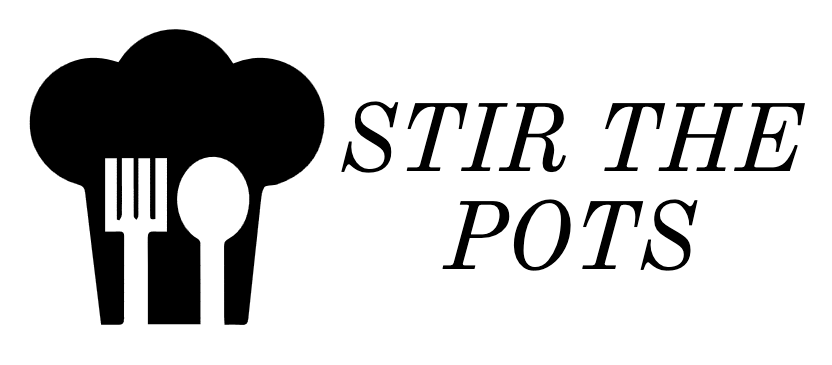
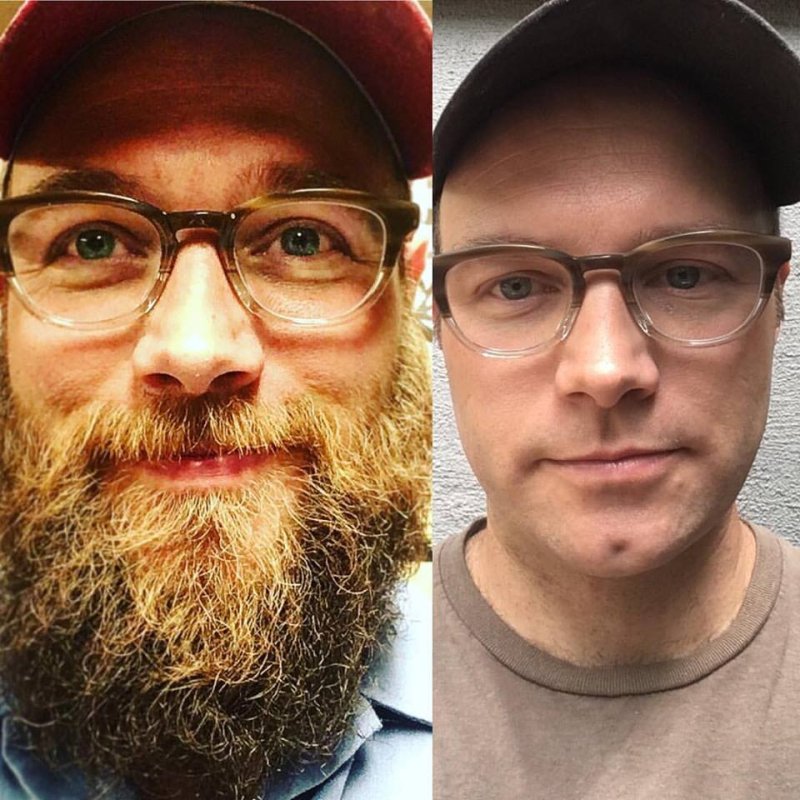

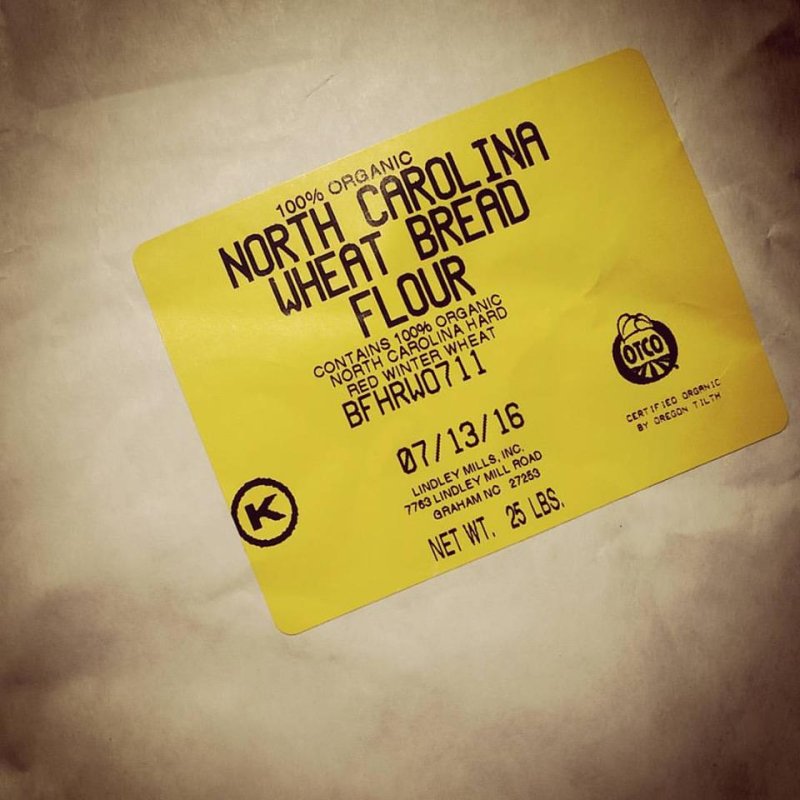
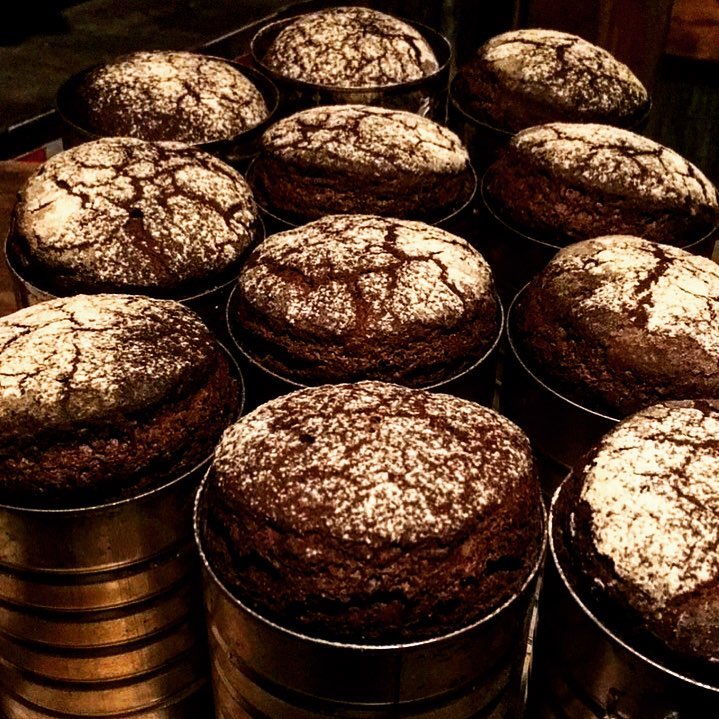
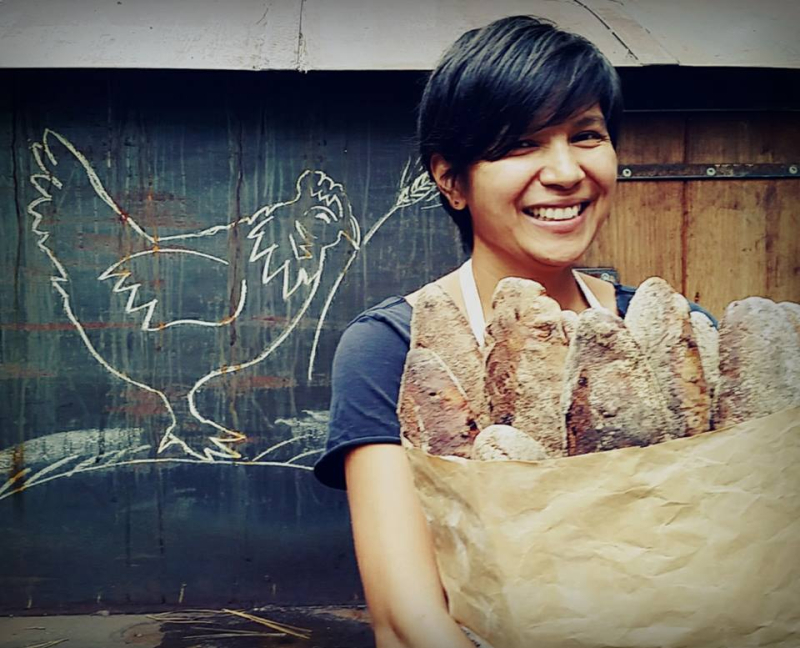
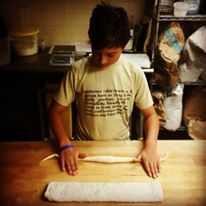
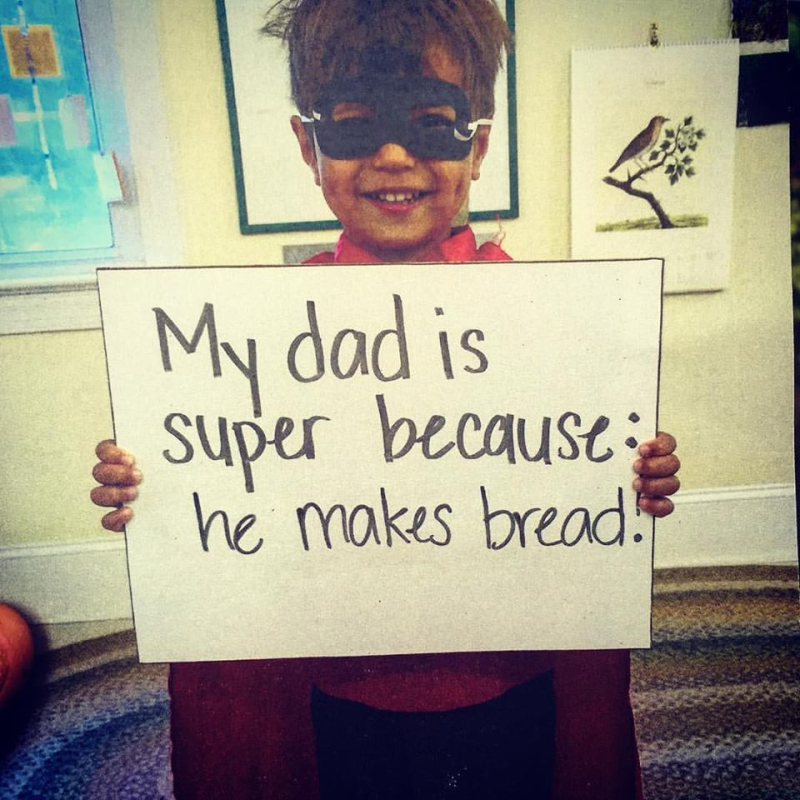
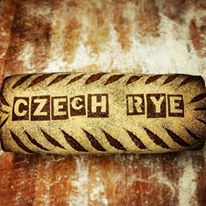
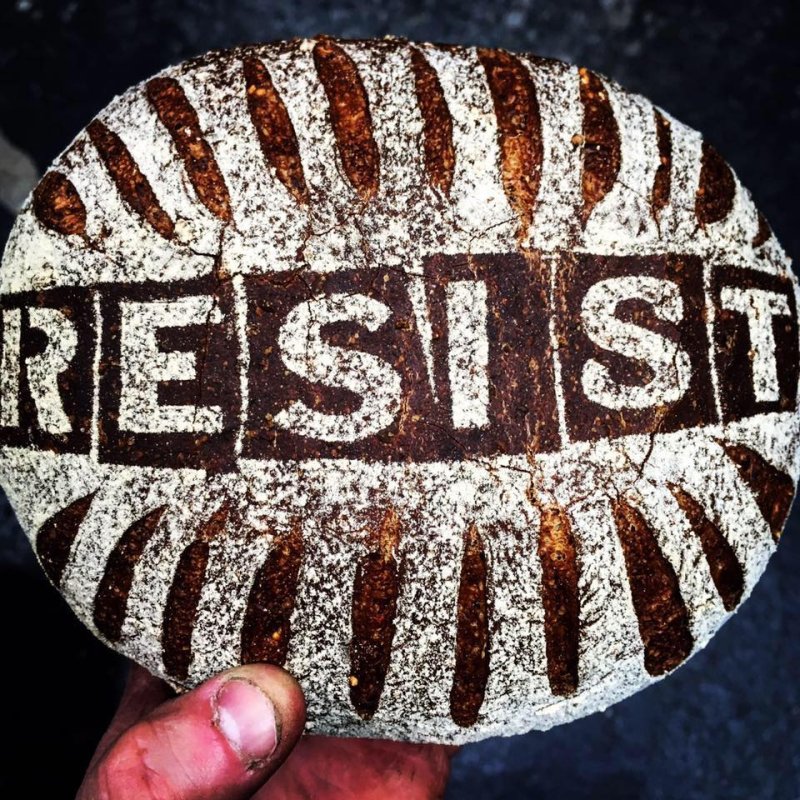
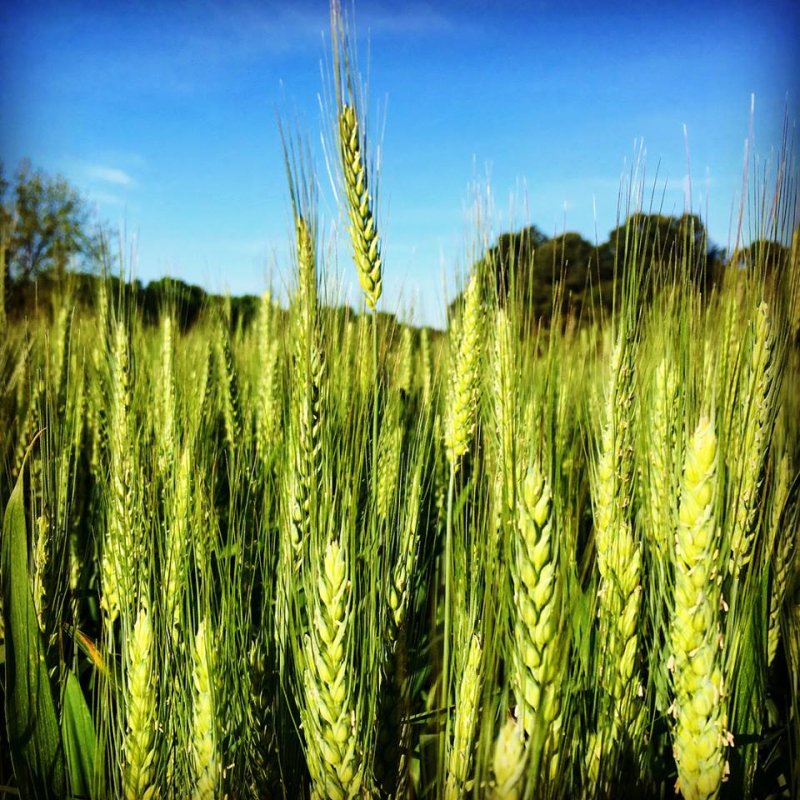
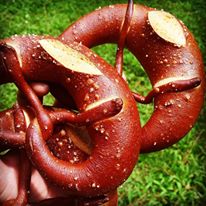
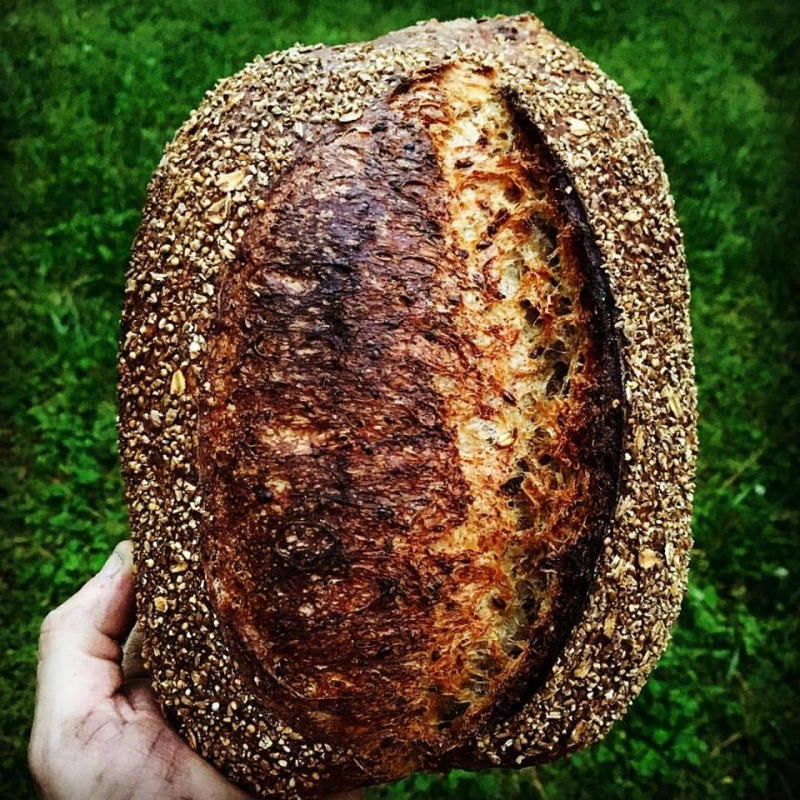
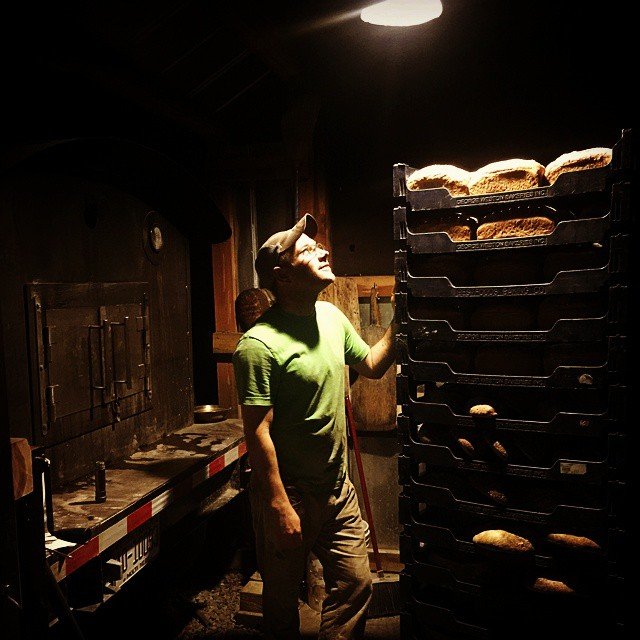
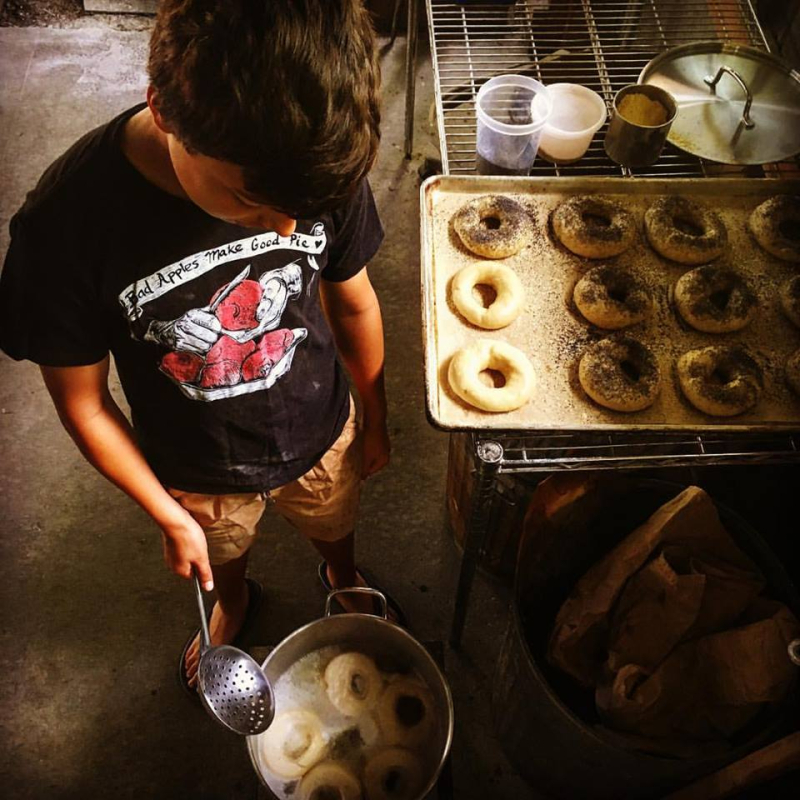
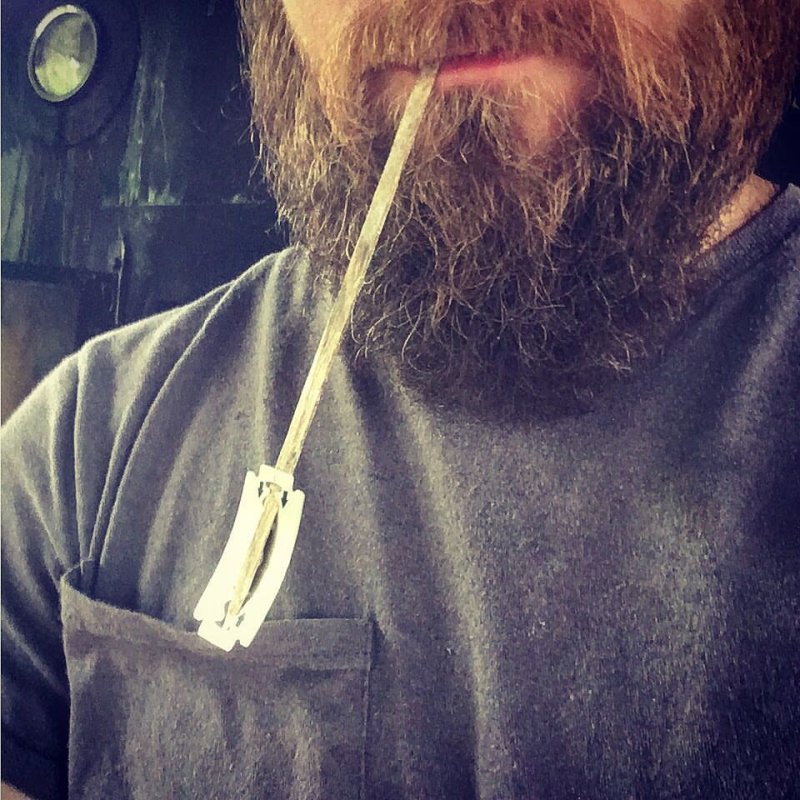
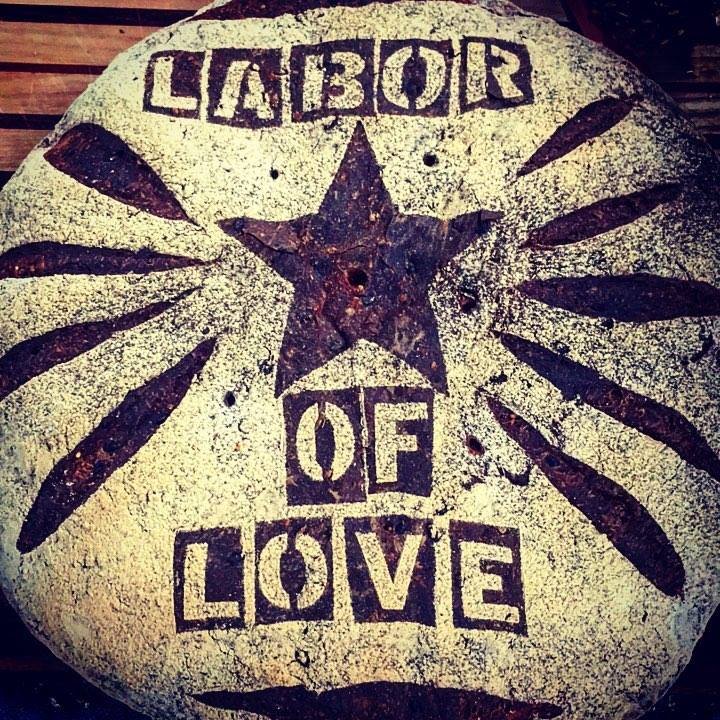
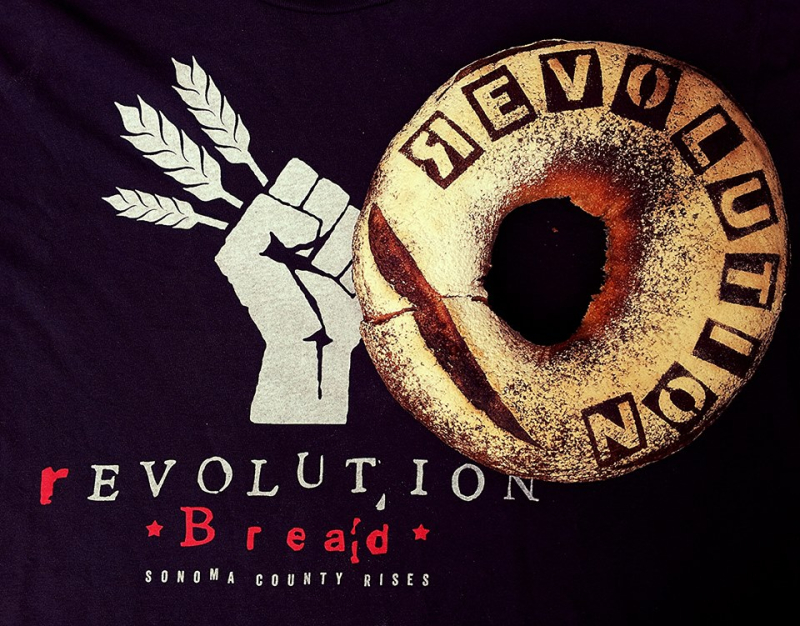
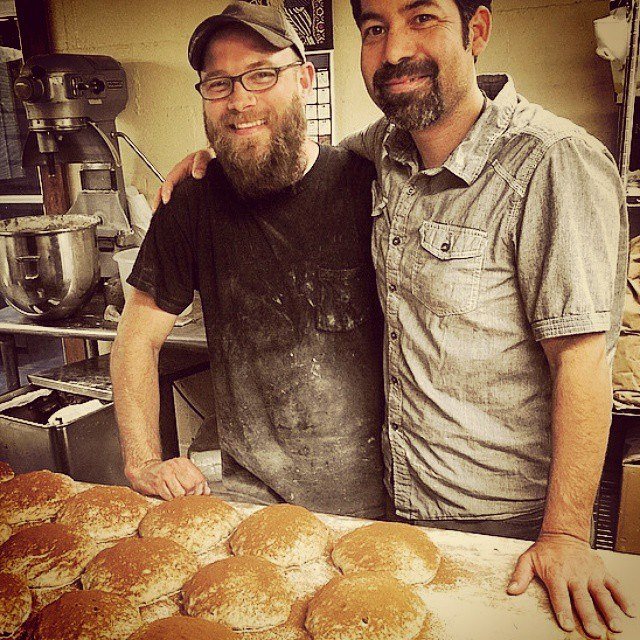

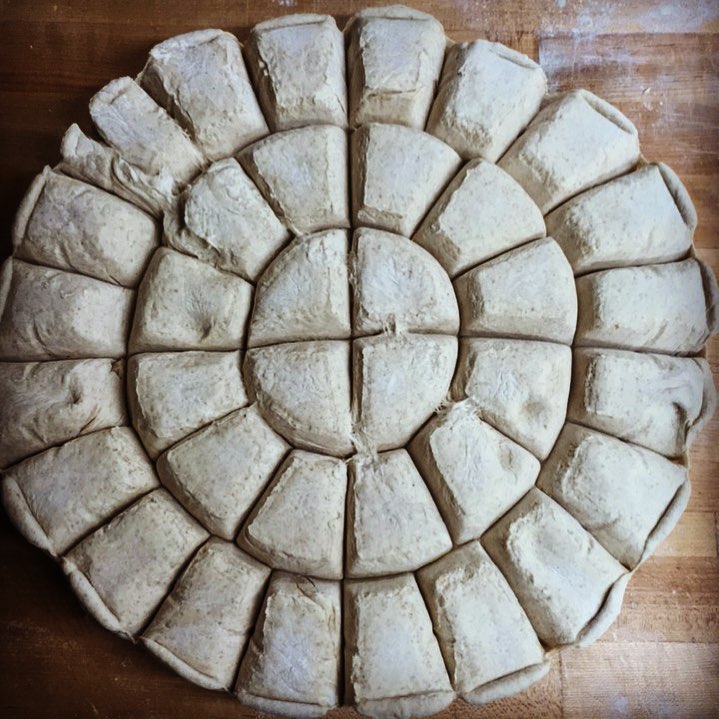
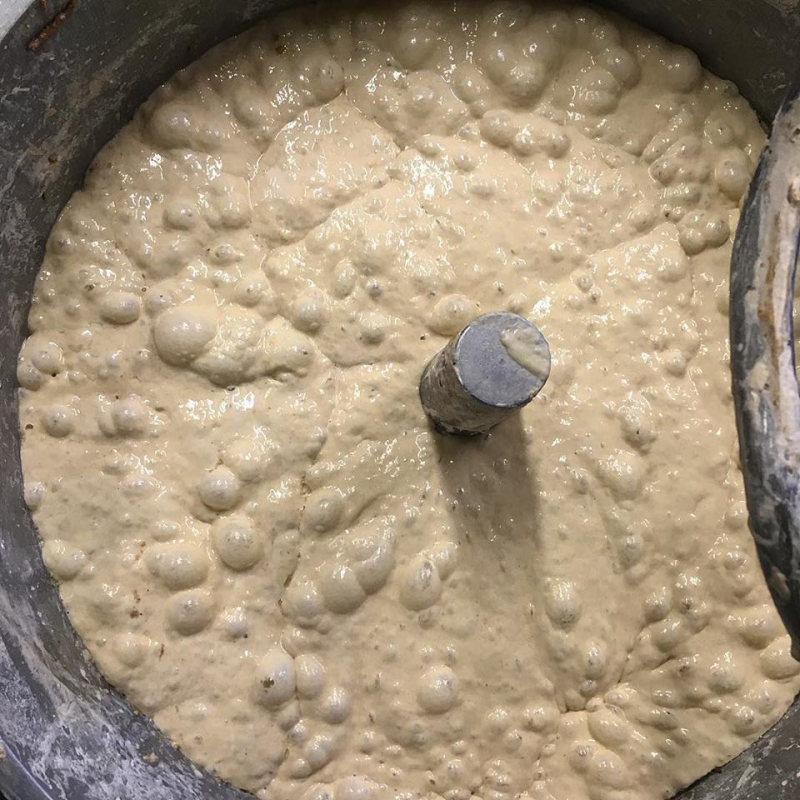
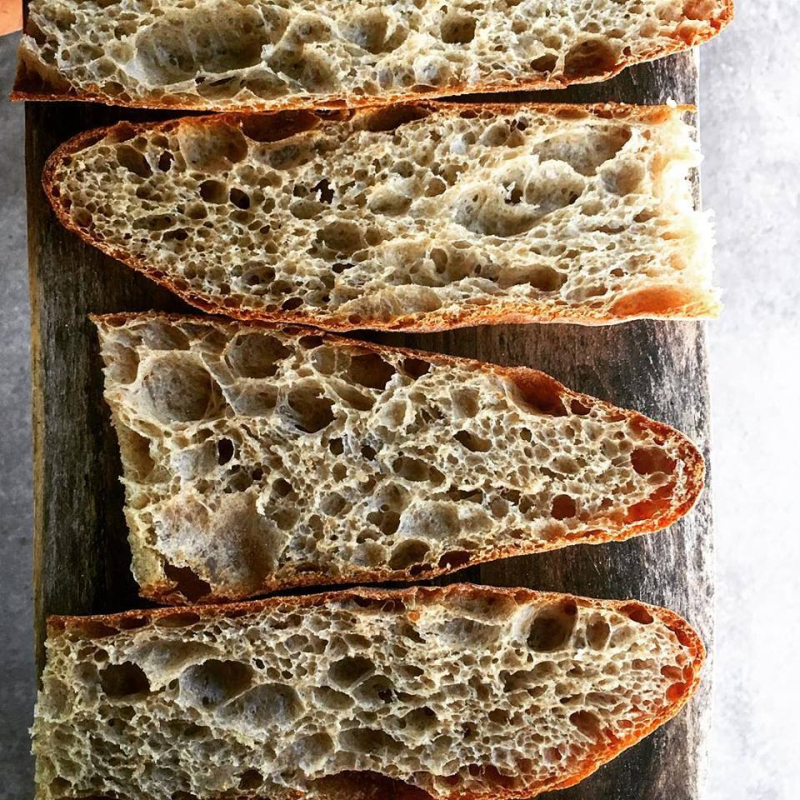
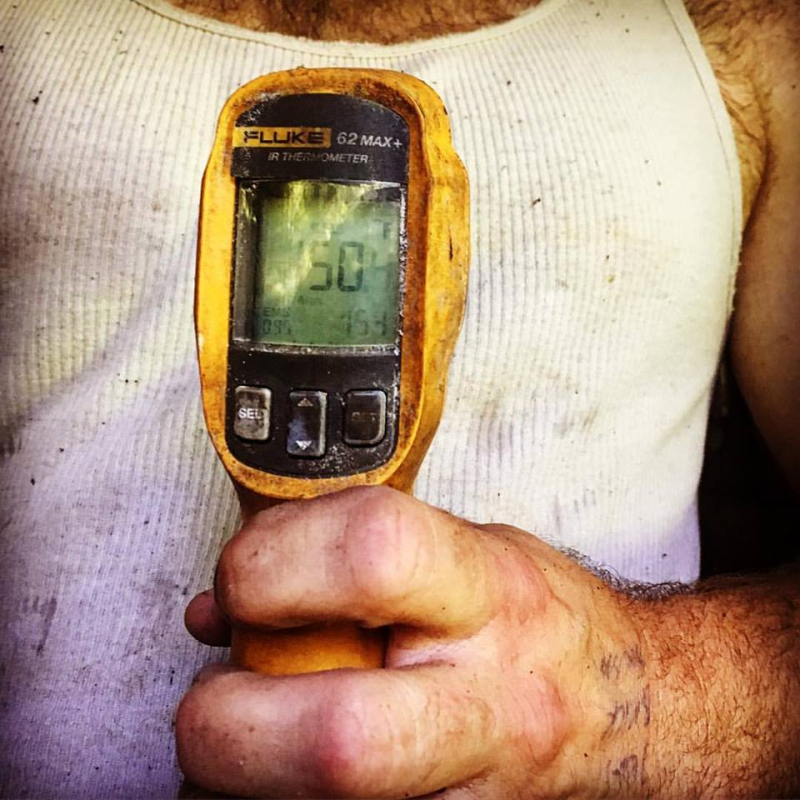
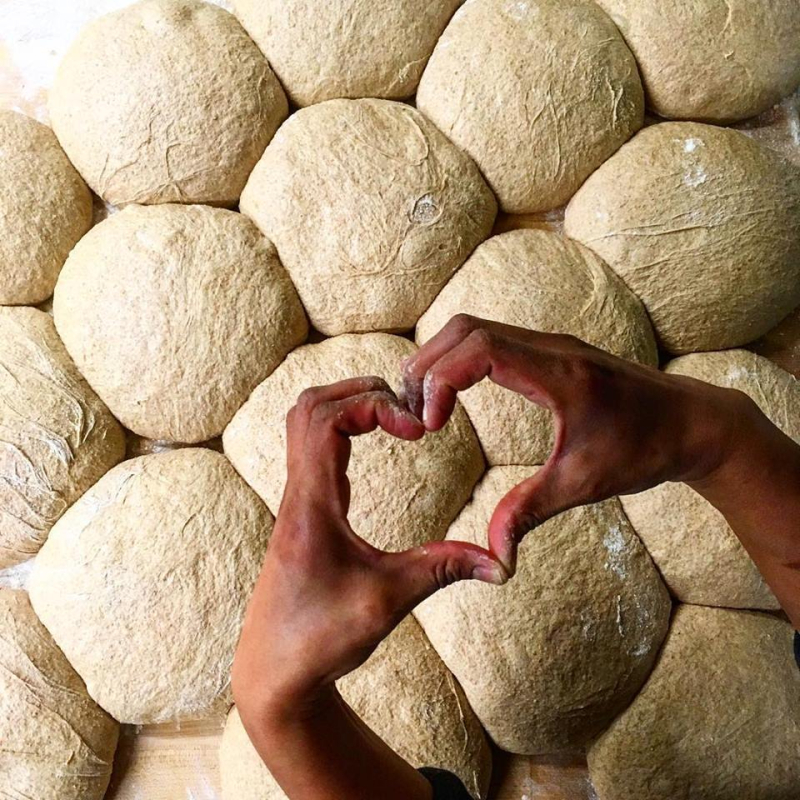
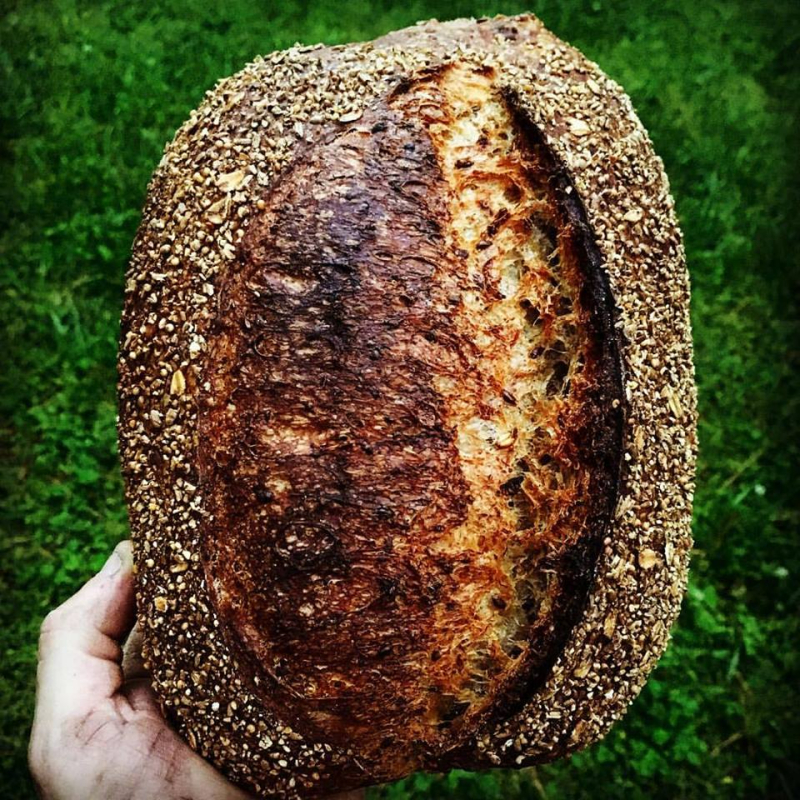
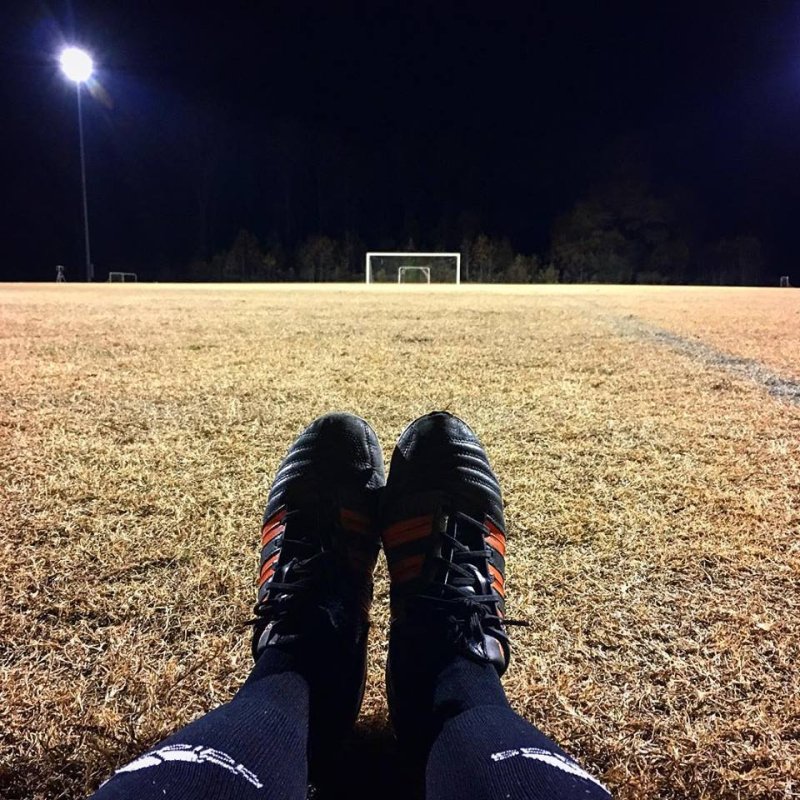
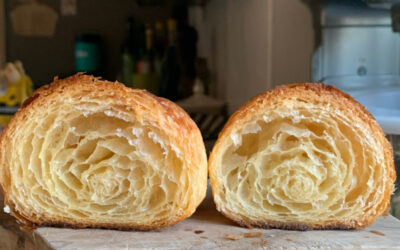
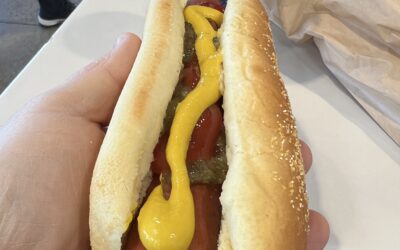
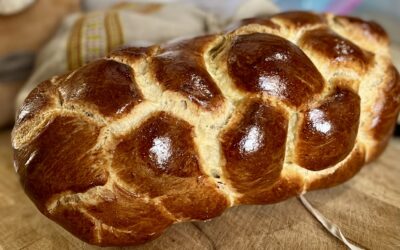
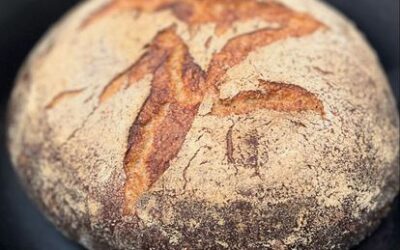
0 Comments